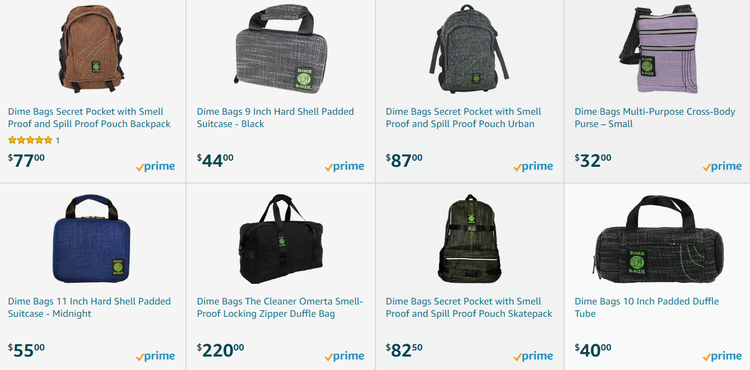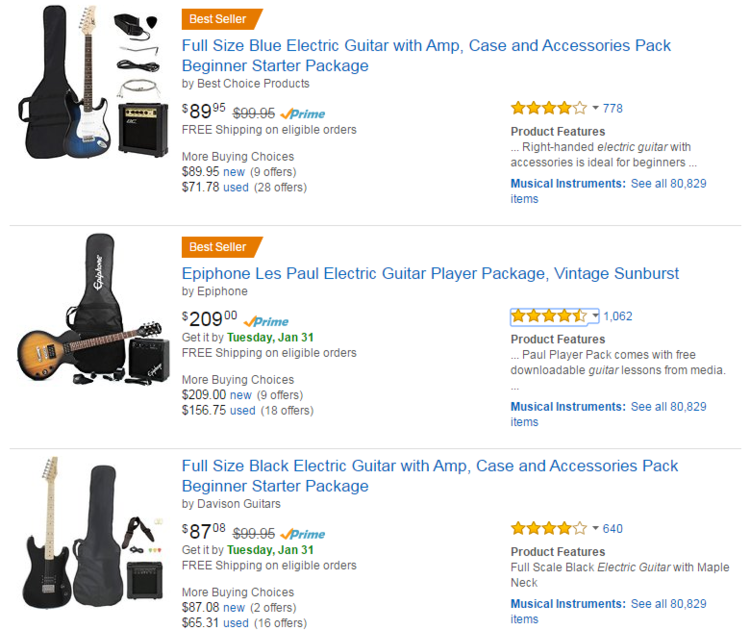Many brands choose to sell their own products on Amazon, but others may choose to allow resellers or distributors sell their products. Allowing another company to sell your products on Amazon opens up another stream of income for you with very little effort, but it isn’t without its potential downsides.
If your brand has authorized a seller or distributor to sell your products on Amazon, you could be faced with a variety of pricing inconsistencies, customer service mishaps, and product misrepresentations, but it doesn’t have to be this way. If you see deficiencies in your seller’s strategies (or lack thereof) it may be time to sell your product directly. But how will you know what to look for?
Unfortunately, a brand who doesn’t sell directly on Amazon does not have access to the data available to sellers, but there are some outward signs you can watch out for to make sure your products are being presented in their best, most saleable light. If you think your product listings are looking a little “meh”, but you’re not sure how they could be optimized, here are a few things you can watch out for.

1. Are the product descriptions and headlines optimized for search engines and shoppers?
This is step number one, because it greatly affects the experience for shoppers and can be detrimental to products being found in the first place. Product titles should be accurate and as descriptive as possible.
If you sell throw pillows the headline should contain as much information about the product as possible while still being easy to read. For example, instead of the product being named “Yellow Throw Pillow” it could benefit from being called “15” Square Yellow Corduroy Throw Pillow”.
The product description and bullet points should also be optimized to include as much relevant copy as possible. If you read a product description and you find information to be missing, you know that your seller is not presenting your product as best as they could. You know your product better than anyone, so you’re probably the best person to point out holes in the listings and how a product could be described better.
2. Is there a good selection of images?
Images are a very important element of the online shopping experience. Shoppers need to see the overall product, colors, textures, and details, as well as the product in use in a relevant setting.
Amazon has some pretty high standards for seller images, which is a large part of what keeps the quality of the shopping experience consistently high. Unfortunately, Amazon does not always enforce these requirements well and it falls to the seller to make sure they are presenting quality images.
The shopper needs to see your product in as many ways as possible, in clearly lit, high resolution photographs. This helps to replace the in-store experience with many products. If your product listings only show one or two images you are losing out to more thorough and descriptive listings for similar products. Read more about effective product images in our previous blog post.

3. Are the products consistently in stock?
If your seller has managed to gain control of the buy box, you’re in a great place to further optimize your product listings. One of the things that can quickly destroy this is when a product is consistently out of stock.
If you’re finding that there is a new level of demand for a product (thanks, buy box) then you need to respond to that demand as quickly as possible to avoid stock shortages. Maybe it’s time to communicate with your seller about the size and/or frequency of their wholesale orders.
4. Are the prices consistent with your brand’s pricing?
Many online shoppers these days are pretty savvy; capable of searching the internet for the best deal once they’ve found the product they want. So, if your Amazon seller is trying to get an extra few dollars out of a product it may be detrimental to sales.
The opposite problem is also possible if your brand sells online through multiple venues. If a seller on Amazon drops the price in order to attract more shoppers (beyond a special promotion period) it may hurt your business on other platforms and lead to ‘channel conflict’ with other retail partners.
5. Are there a good number of reviews available and is the Question & Answer section being utilized?
Opinions from other humans are one of the most important factors in the buying decision process. Online reviews have gotten a bad rap in recent years, with a lot of them being called out as fake, but thankfully, Amazon has a good handle on the review trolls, by only allowing reviews from verified buyers. This means that brands and sellers need to encourage more real reviews from more real shoppers. In other words, what the review platform was designed for in the first place.
Sellers should also be responding promptly to negative customer reviews. While some negative product reviews are to be expected, oftentimes a customer can be satisfied if the seller or brand reaches out to make things right. A large number of negative reviews without responses is damaging to your brand.
The Question & Answer section can also be a really good way to interact with shoppers and bring a personal touch to your brand. If your seller is neglecting either of these elements it could really hurt your listing position and sales.

6. Are the listings optimized for mobile?
From a sampling of 1000 US shoppers in February 2017, 25.4% bought through the Amazon smartphone app and 22.6% bought on the mobile version of Amazon.com. That’s almost 50% of shoppers making purchases on their mobile devices, rather than a desktop.
The shopping experience is different on a smaller screen, therefore product listings need to shrink a little bit, while still being informative and relevant. Product descriptions should be distilled down to their most accurate descriptions and sellers should be sure to feature images that give a clear view of the product on a smaller screen.
The relationship between a brand and a 3rd party seller can be a complicated one when it comes to making the most of an Ecommerce platform like Amazon. More sales benefit both the brand and the seller, but if your reseller seems to be on autopilot, it might be time to take control of your products and start selling them yourself on Amazon.
If you’re considering taking the reins back from your distributors or resellers and you want to optimize your sales, Bobsled can help you do that. We’ll let you know where your resellers were falling short and make sure you avoid the same pitfalls. Contact us for more information.
